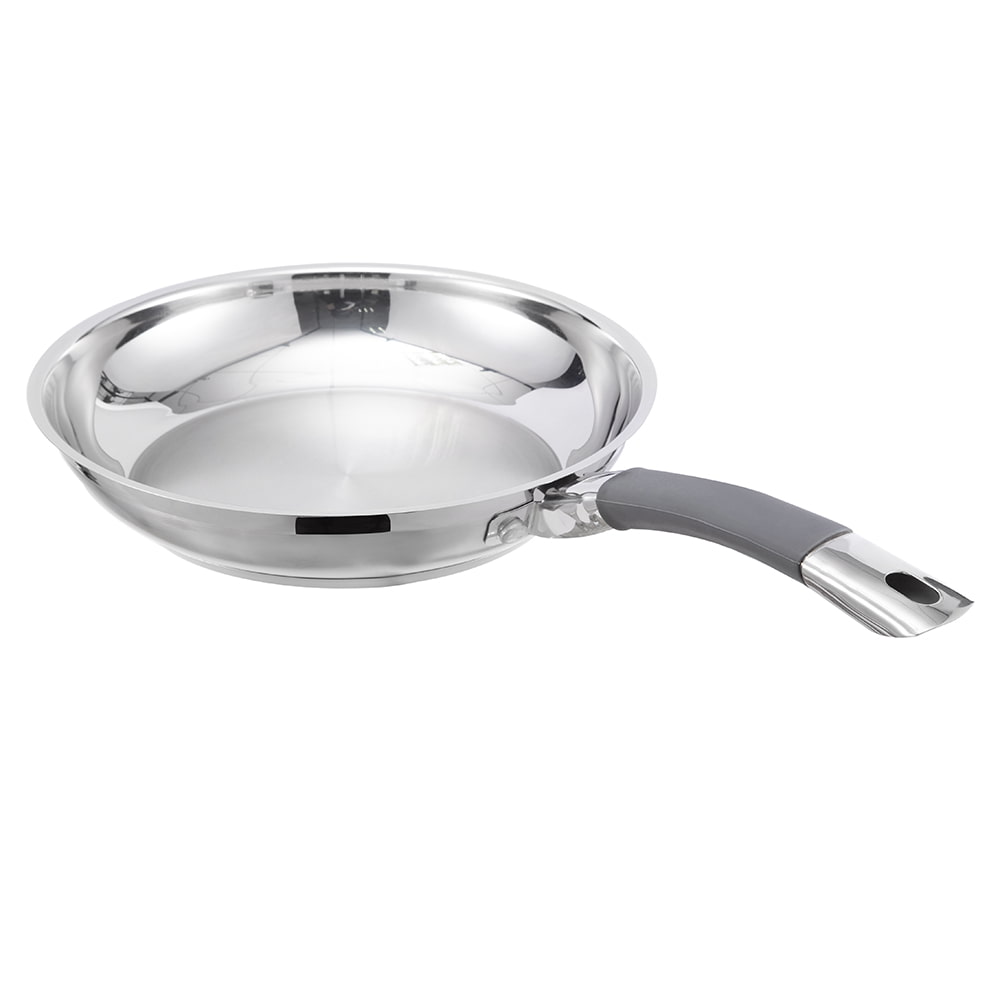In the field of kitchen utensils, three-layer non-stick frying pans (without lids, suitable for gas stoves) have become the favorite of many consumers due to their excellent and long-lasting non-stick performance. Compared with ordinary frying pans that stick to the pan after a period of use, high-quality three-layer non-stick frying pans can still maintain a good non-stick effect even after long-term use. There is a profound material science and process technology support behind this.
From the perspective of material selection, the non-stick coating of the three-layer non-stick frying pan is the key to its long-lasting non-stick performance. The research and development and screening of coating materials have undergone a lot of experiments and optimizations, and most of them are high-performance fluorocarbon polymers. This type of material has a unique molecular structure, small intermolecular forces, and extremely low surface energy, making it difficult for food and grease to adhere to its surface, thus forming a natural non-stick barrier. Moreover, these coating materials have excellent performance in high temperature resistance and wear resistance, and can withstand frequent high temperatures and friction during cooking. While ensuring non-stick performance, they maintain the stability of their own structure and slow down the loss rate of the coating.
The manufacturing process is also an important factor in determining the durability of the non-stick performance of a three-layer non-stick frying pan. In the coating process, precision spraying or dipping processes are usually used. The spraying process uses high pressure to atomize the coating material and evenly spray it on the surface of the pan to ensure that the coating thickness is consistent and free of bubbles and impurities. This uniformity not only improves the initial non-stick effect, but also lays the foundation for the long-term stability of the coating. The dipping process is to immerse the pan in the coating material solution so that the coating fully penetrates and adheres to the surface of the pan to form a tight and firm bond. Regardless of the process, high-temperature curing treatment is required after coating. By precisely controlling the temperature and time, the coating material undergoes a cross-linking reaction, and the molecular chains are entangled with each other to form a dense and hard coating structure. This structure can effectively resist external forces such as scraping by the spatula and dragging of food during cooking, reducing the risk of coating shedding.
In the overall structural design of the three-layer non-stick frying pan, the durability of the non-stick performance is also fully considered. Its multi-layer structure performs its duties and works synergistically. The innermost non-stick coating is in direct contact with food, and the middle layer is mostly made of materials with good thermal conductivity, such as aluminum alloy, which can quickly and evenly conduct the heat of the gas stove to avoid local overheating and degradation of the coating performance. Because local high temperature will accelerate the aging and decomposition of the coating material, and uniform heating can extend the service life of the coating. The outermost stainless steel material provides solid protection and mechanical support for the pot body, enhances the strength and durability of the pot body, and prevents damage to the coating due to collision and extrusion during daily use.
In actual use, high-quality three-layer non-stick frying pans show strong durability. Even if they are frequently used for cooking operations such as frying and stir-frying, their non-stick performance remains stable. When frying various ingredients, whether it is fragile fish and shrimp, or pasta that is easy to stick to the pan, they can be easily cooked, and after cooking, just wipe the bottom of the pot gently with a soft cloth or sponge to clean it. This not only reduces the burden of cleaning, but more importantly, it reduces the wear on the coating caused by vigorous cleaning. As the number of uses increases, the non-stick effect of ordinary frying pans will gradually weaken, while the three-layer non-stick frying pan, with its high-quality coating materials and exquisite manufacturing process, can maintain non-stick performance for a long time, providing users with a continuous convenient and efficient cooking experience.
Every link from product research and development to production and manufacturing embodies the unremitting pursuit of durable non-stick performance. Carefully selected high-performance coating materials, precise manufacturing processes and scientific structural design together create the excellent and lasting non-stick performance of the three-layer non-stick frying pan. This makes it suitable for cooking scenarios with gas stoves, whether it is daily cooking for kitchen novices or professional chefs making delicious food, it can always maintain stable and reliable performance, becoming a trustworthy cooking partner in the kitchen.
 No. 1, Jingwei Road, Yangcheng Lake Town, Xiangcheng District, Suzhou City, China
No. 1, Jingwei Road, Yangcheng Lake Town, Xiangcheng District, Suzhou City, China [email protected]
[email protected] +86-13913553688
+86-13913553688
 search
search
 中文简体
中文简体 English
English русский
русский Français
Français Español
Español 日本語
日本語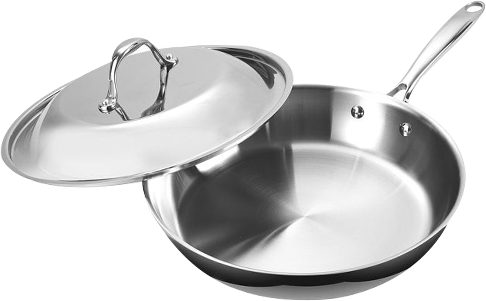
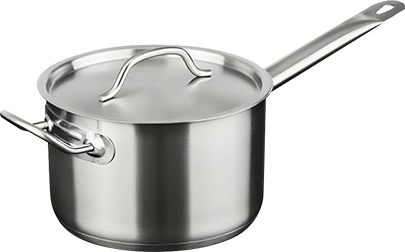
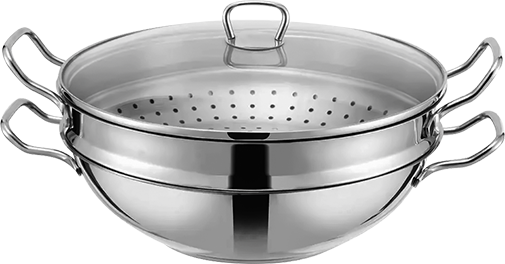
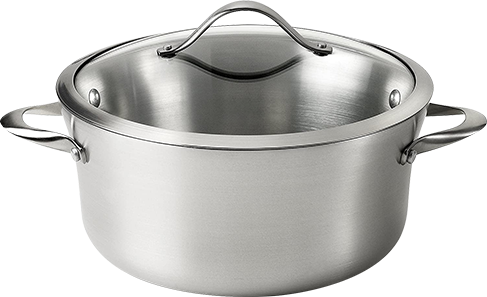



-4.jpg)
-1.jpg)
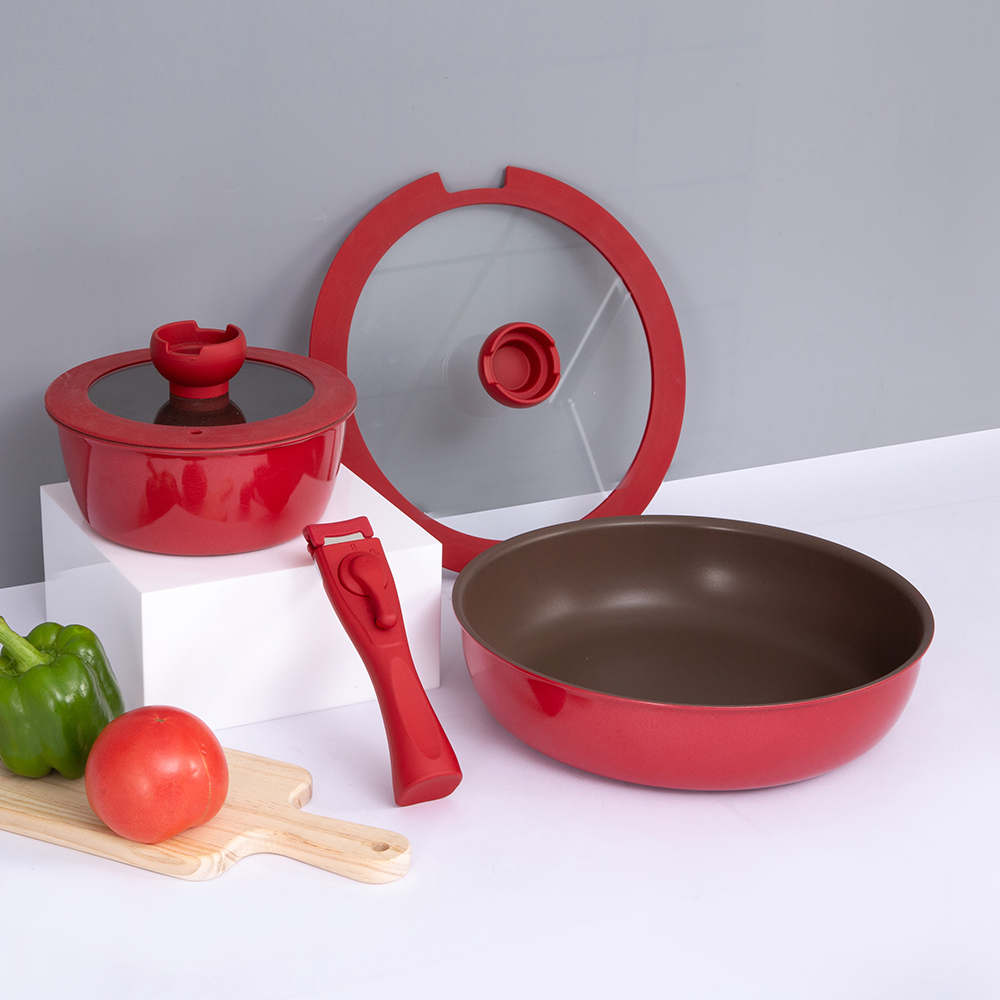
-3.jpg)
-5.jpg)
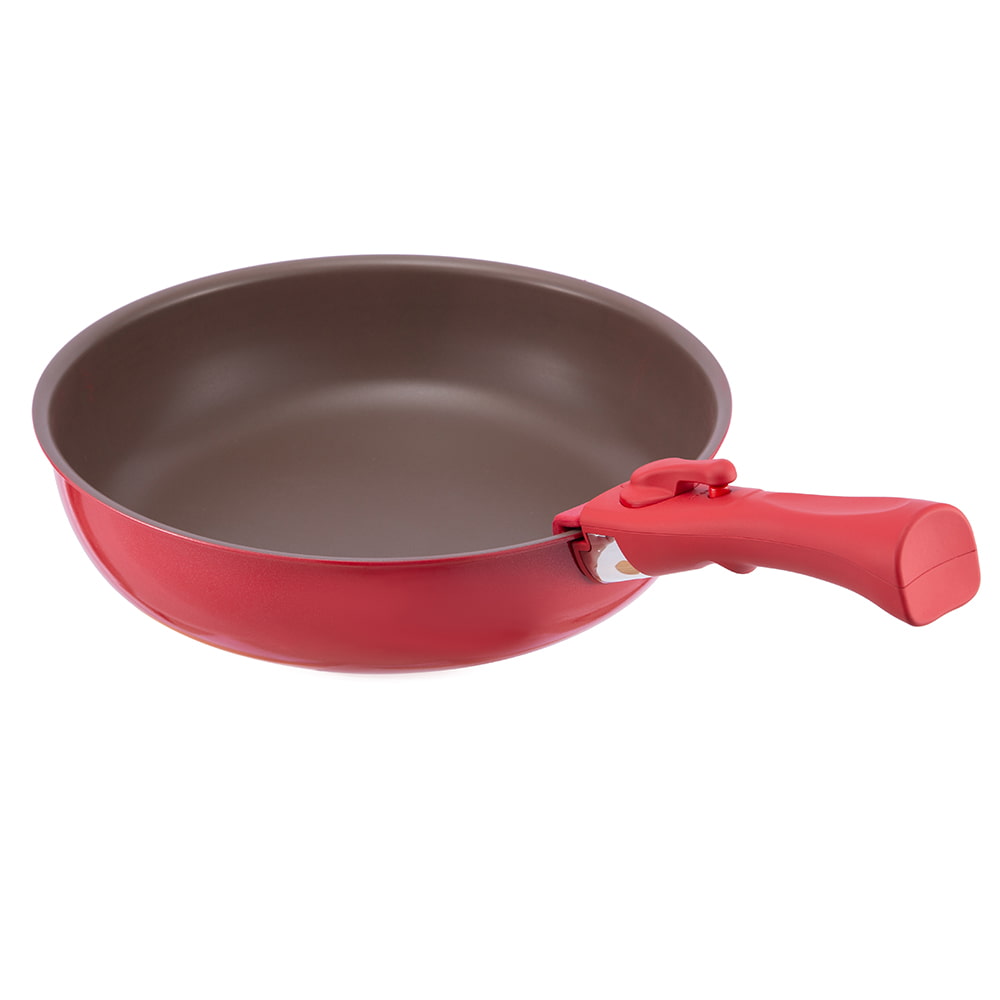
-3.jpg)
-9.jpg)
-3.jpg)
-14.jpg)
